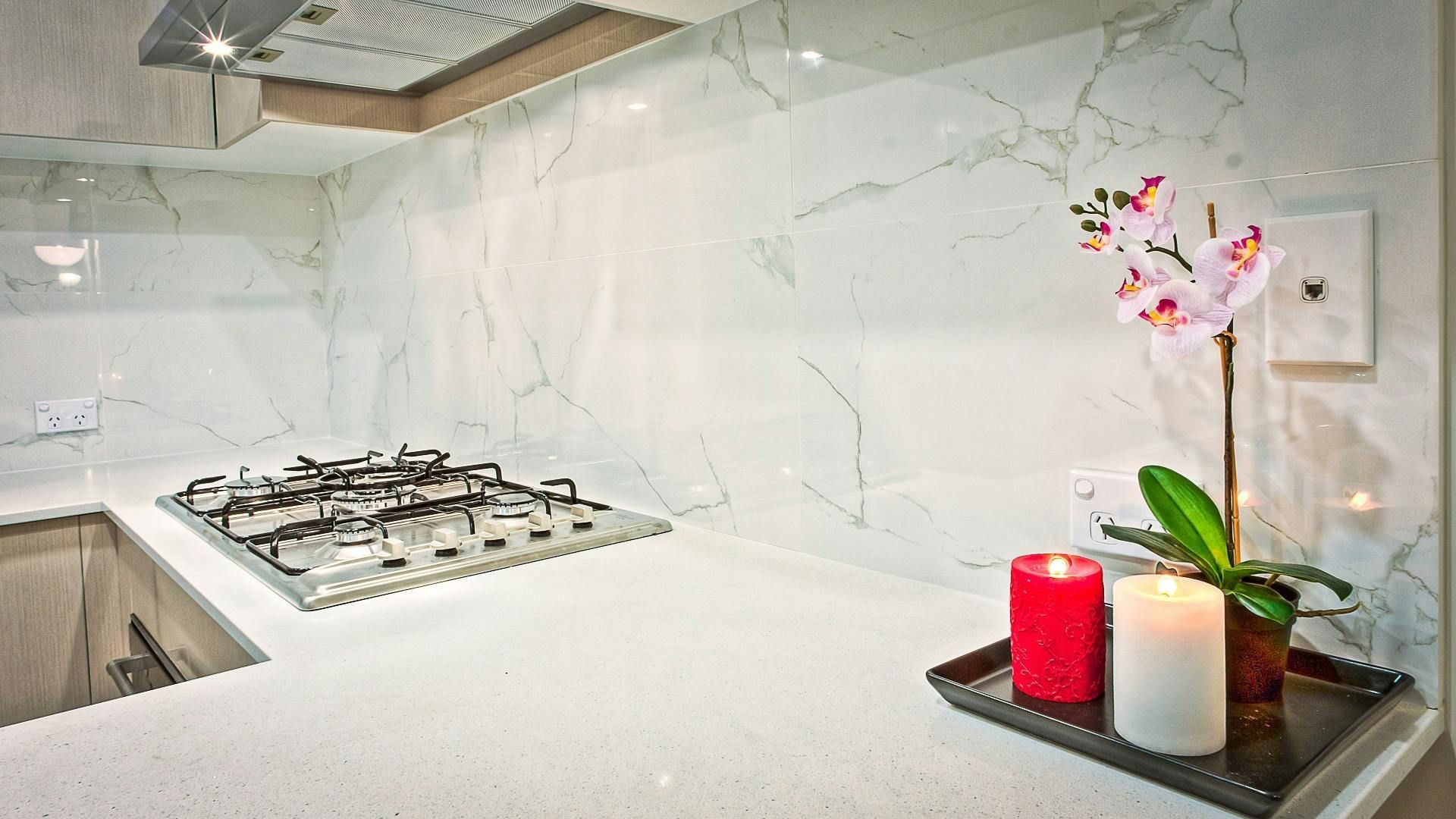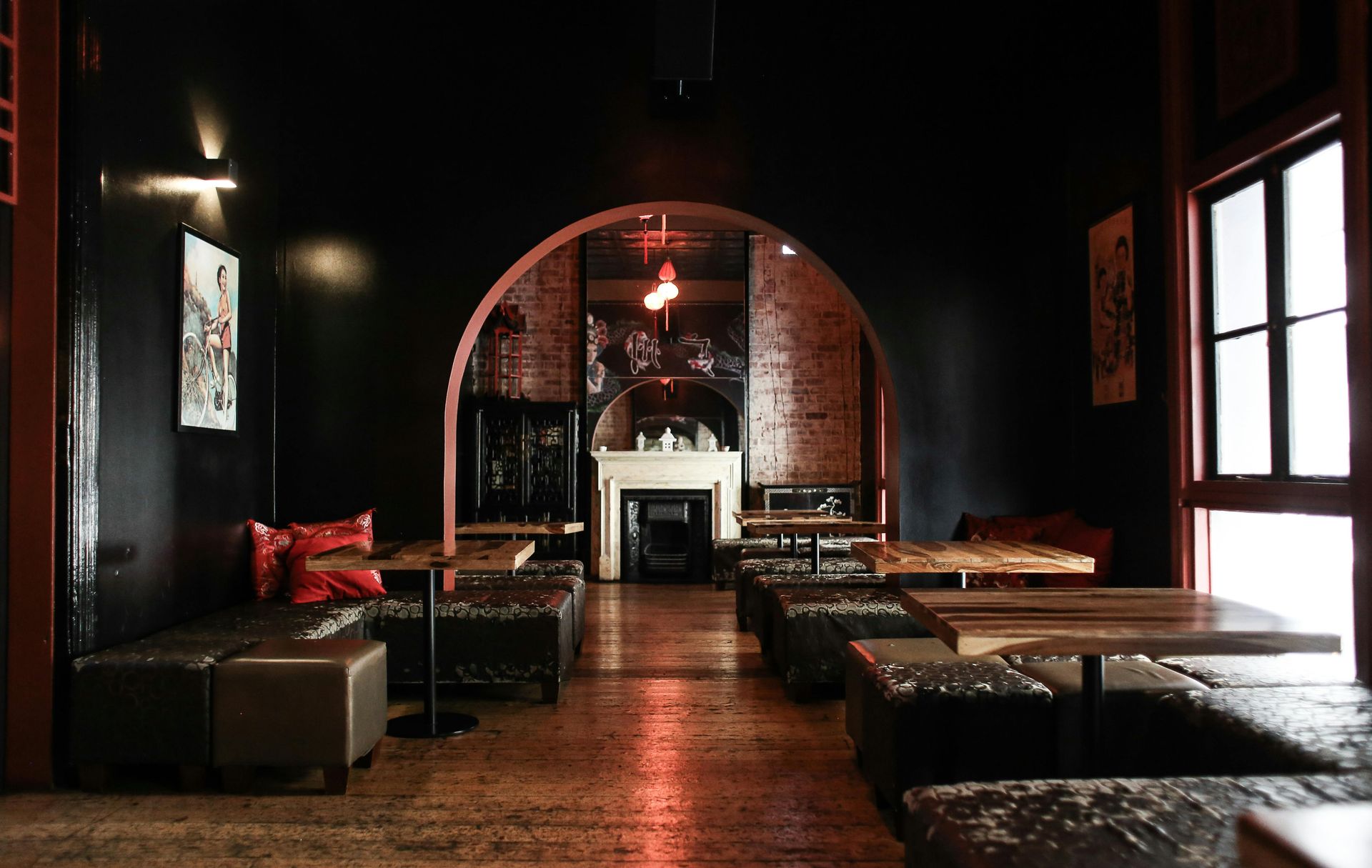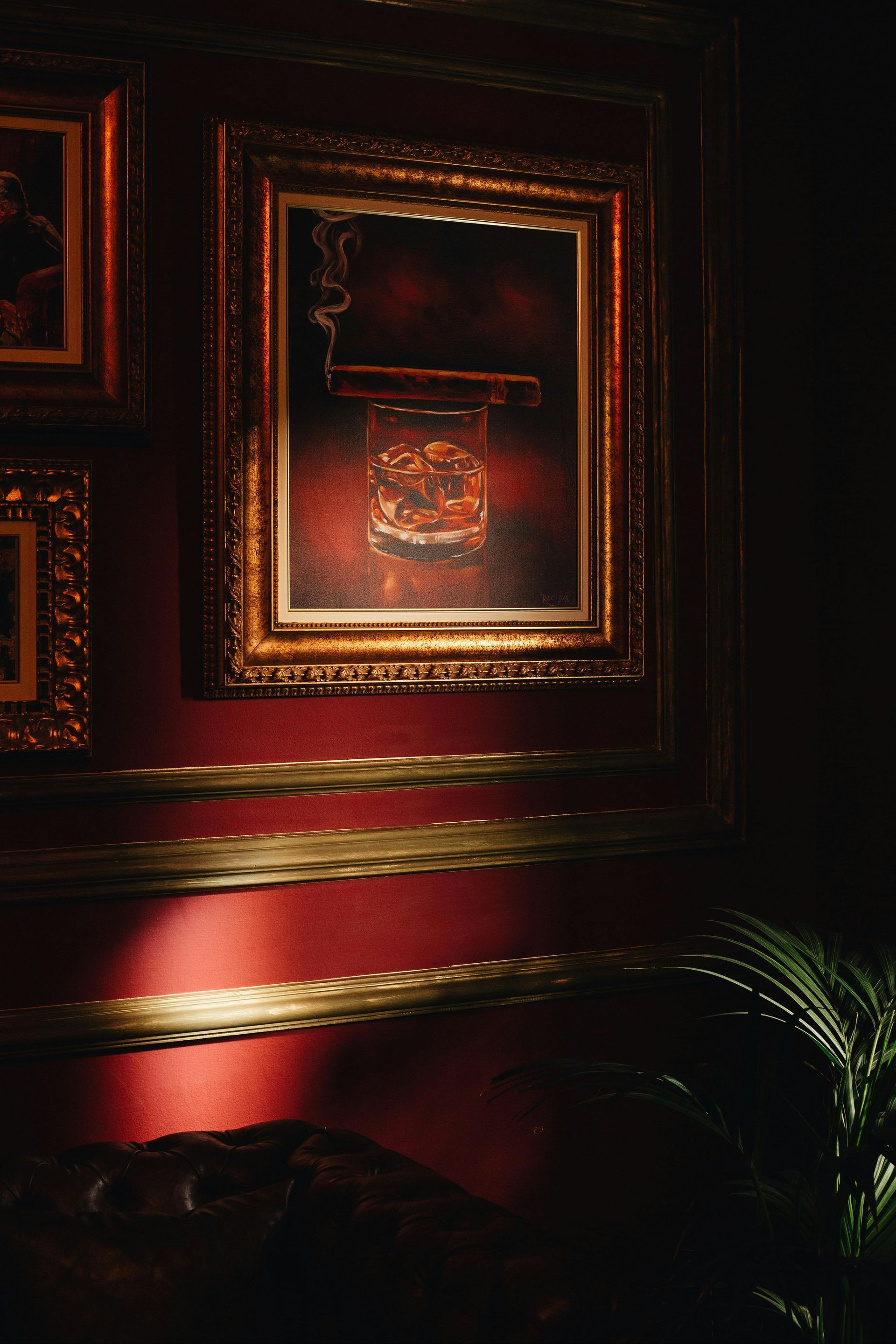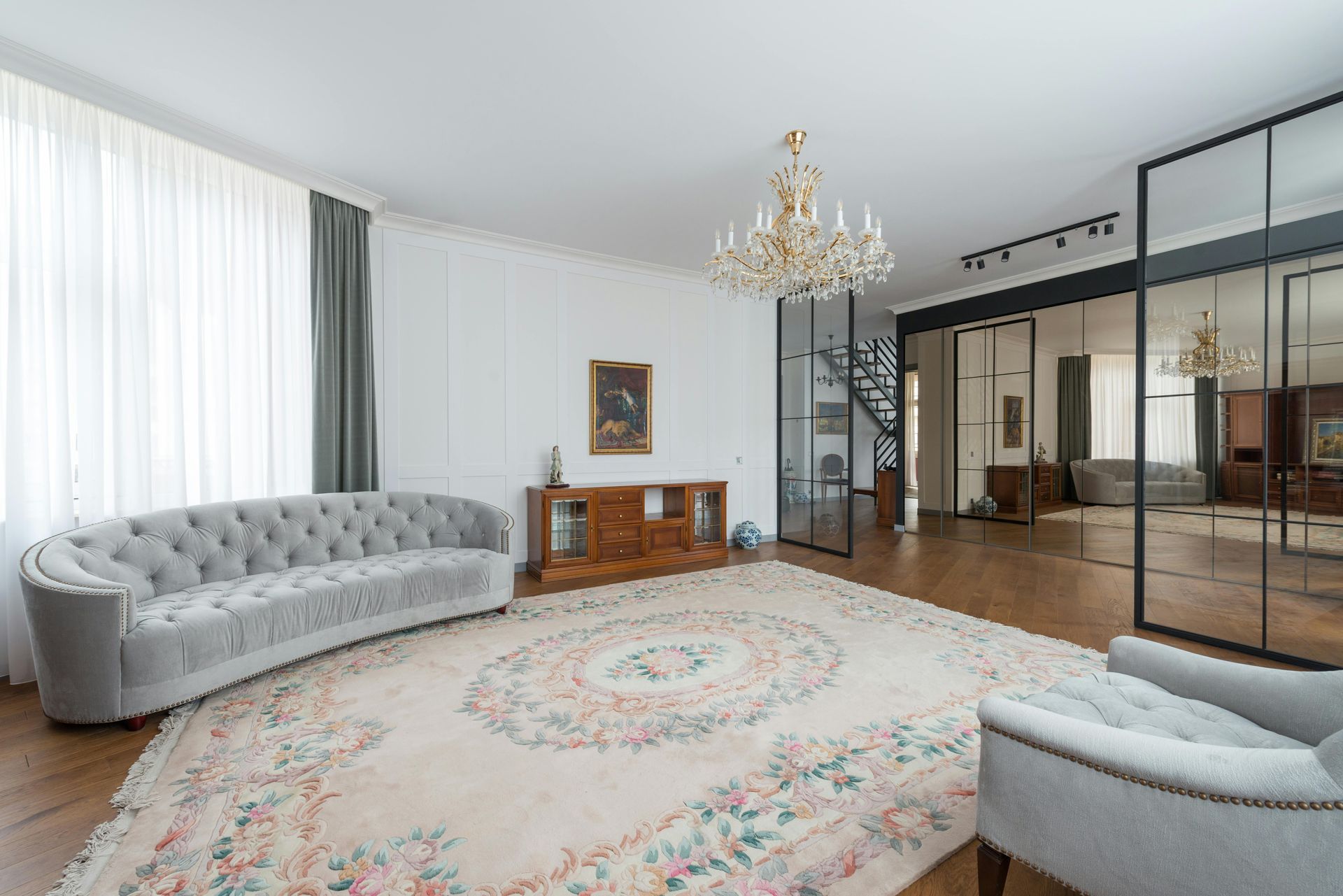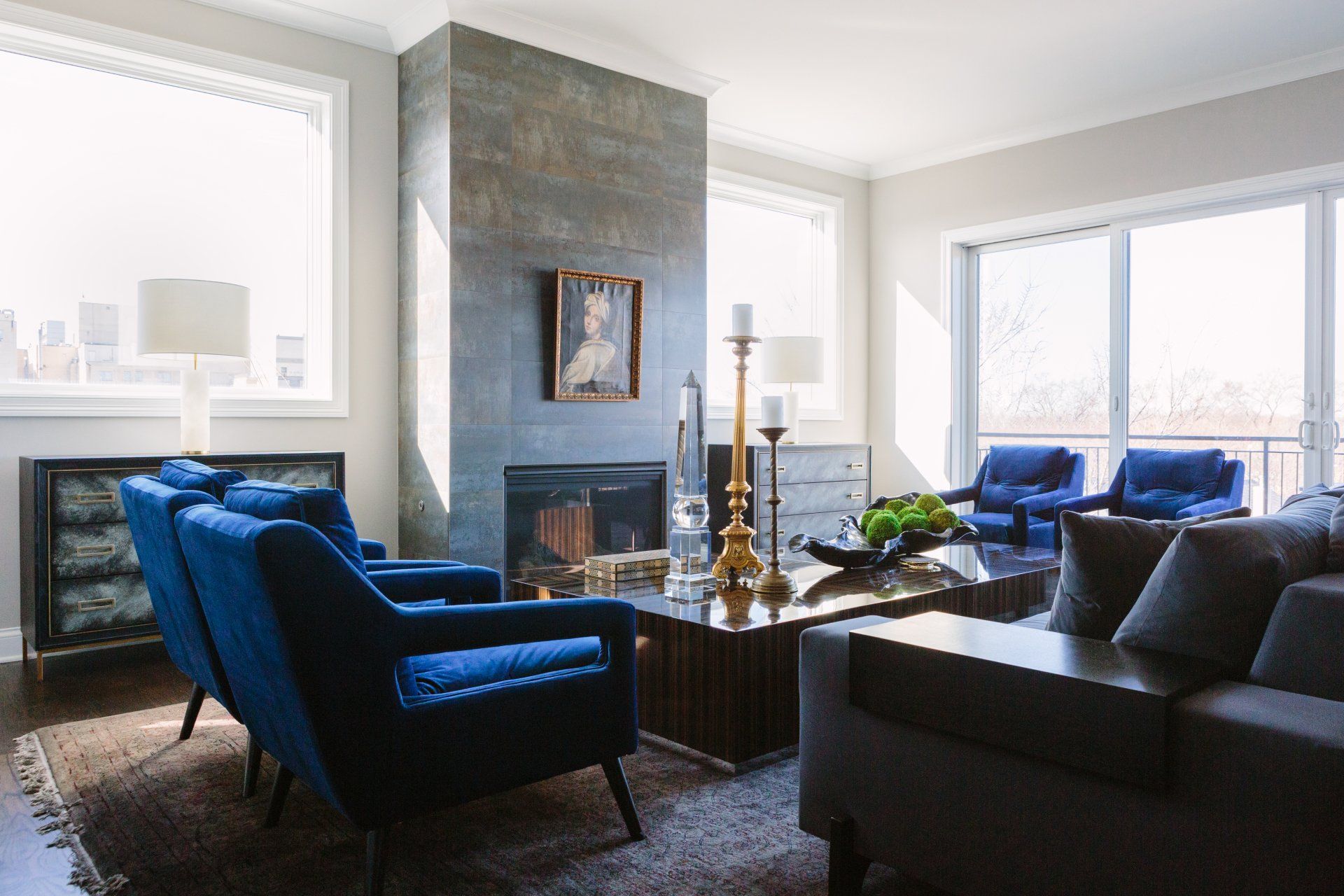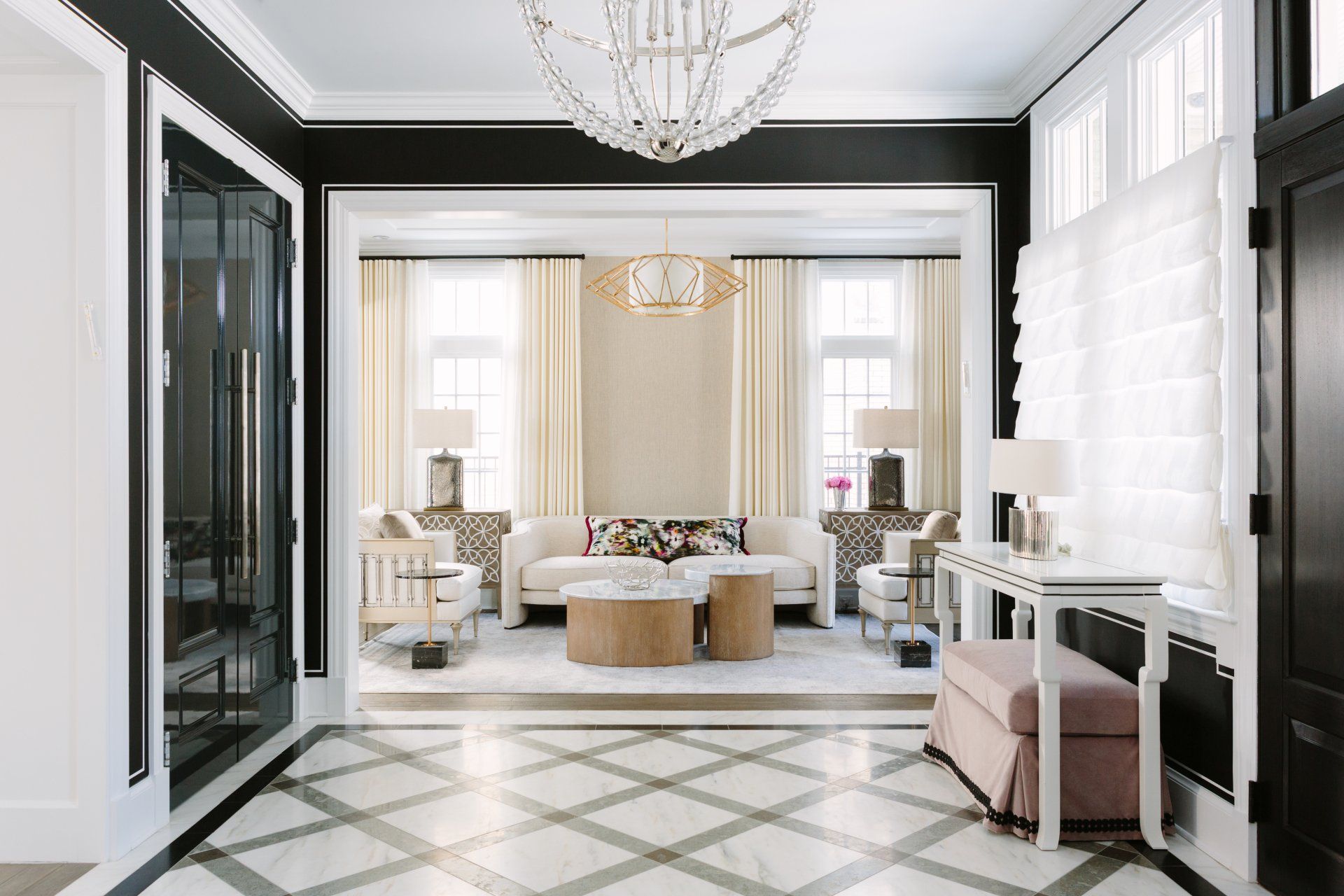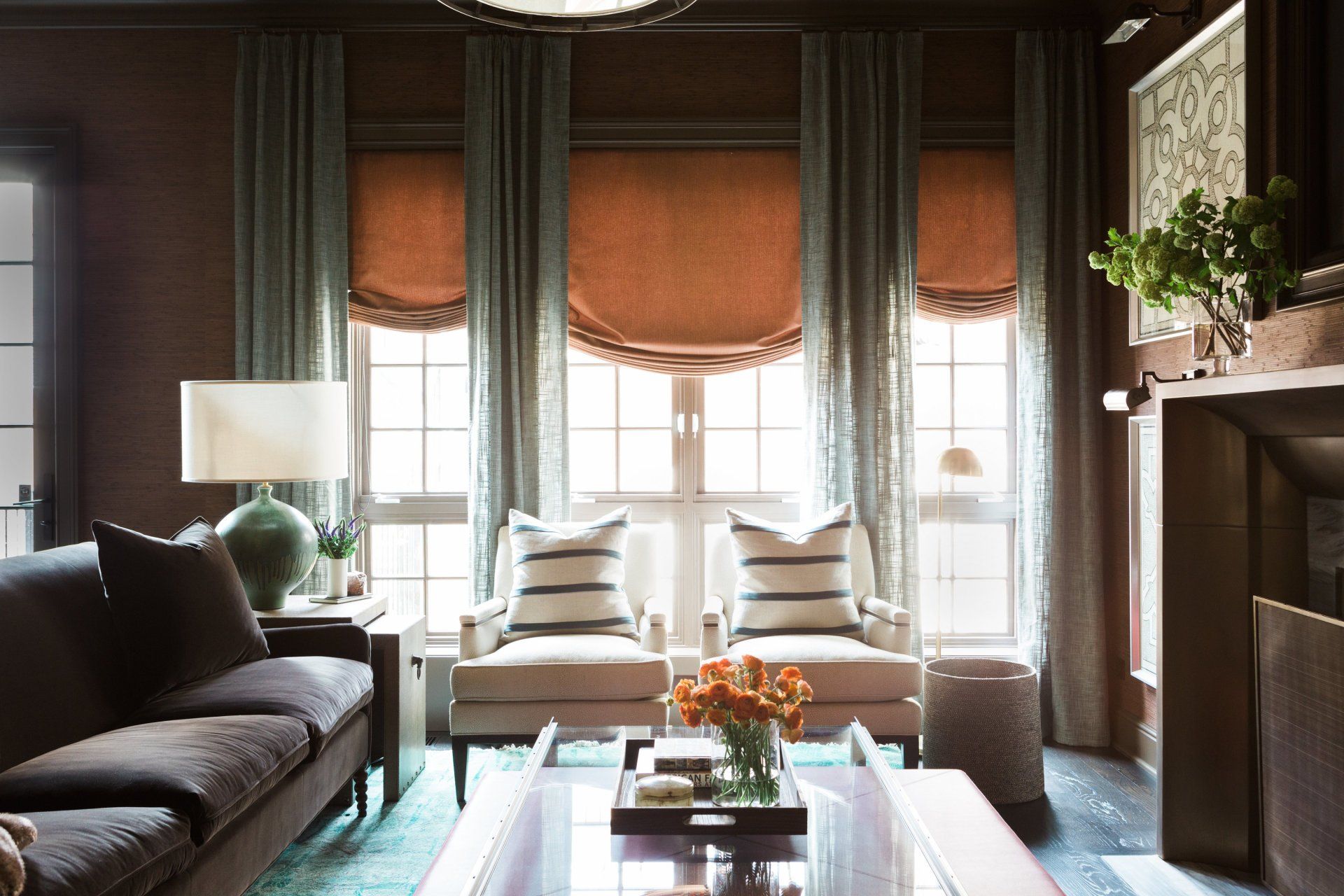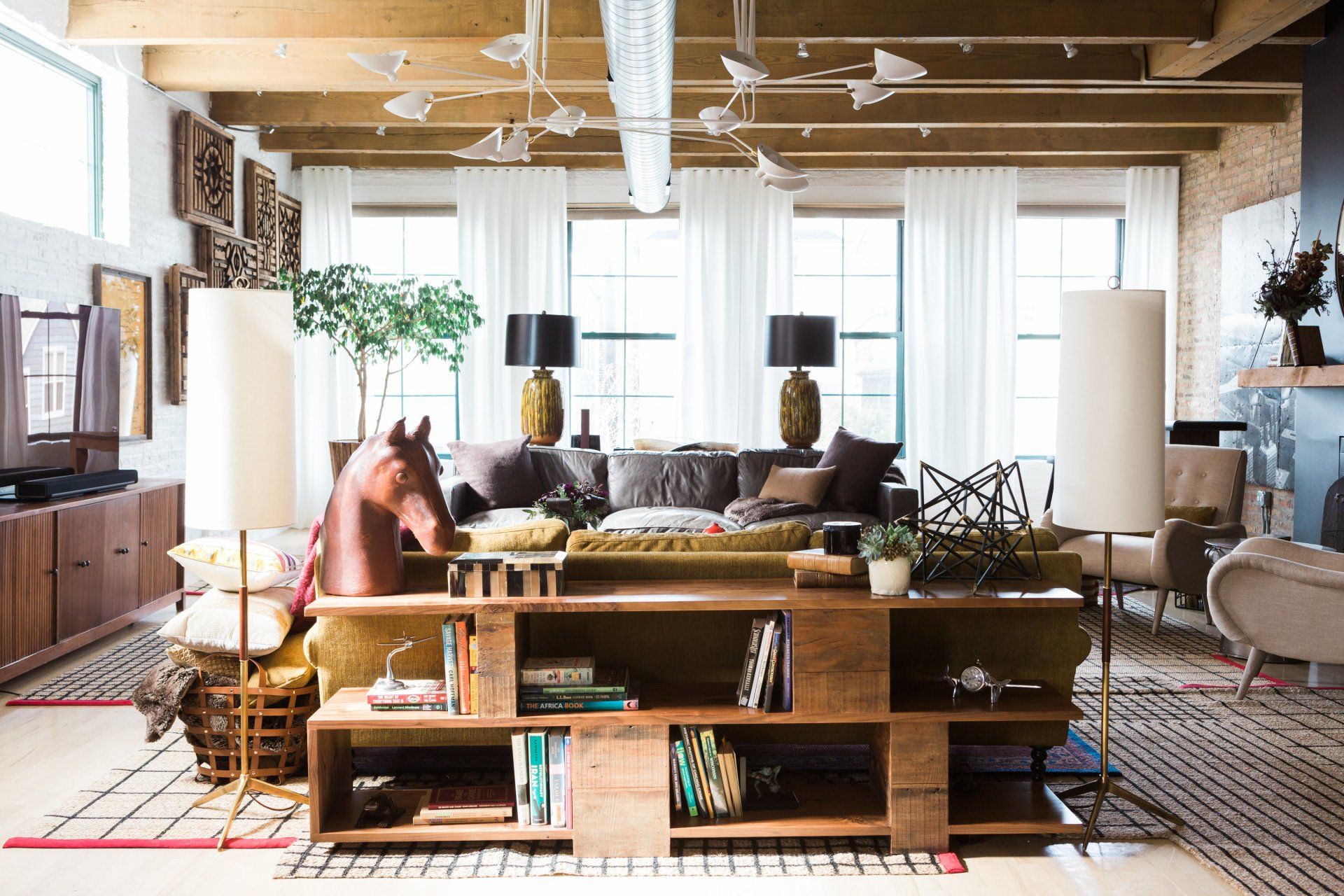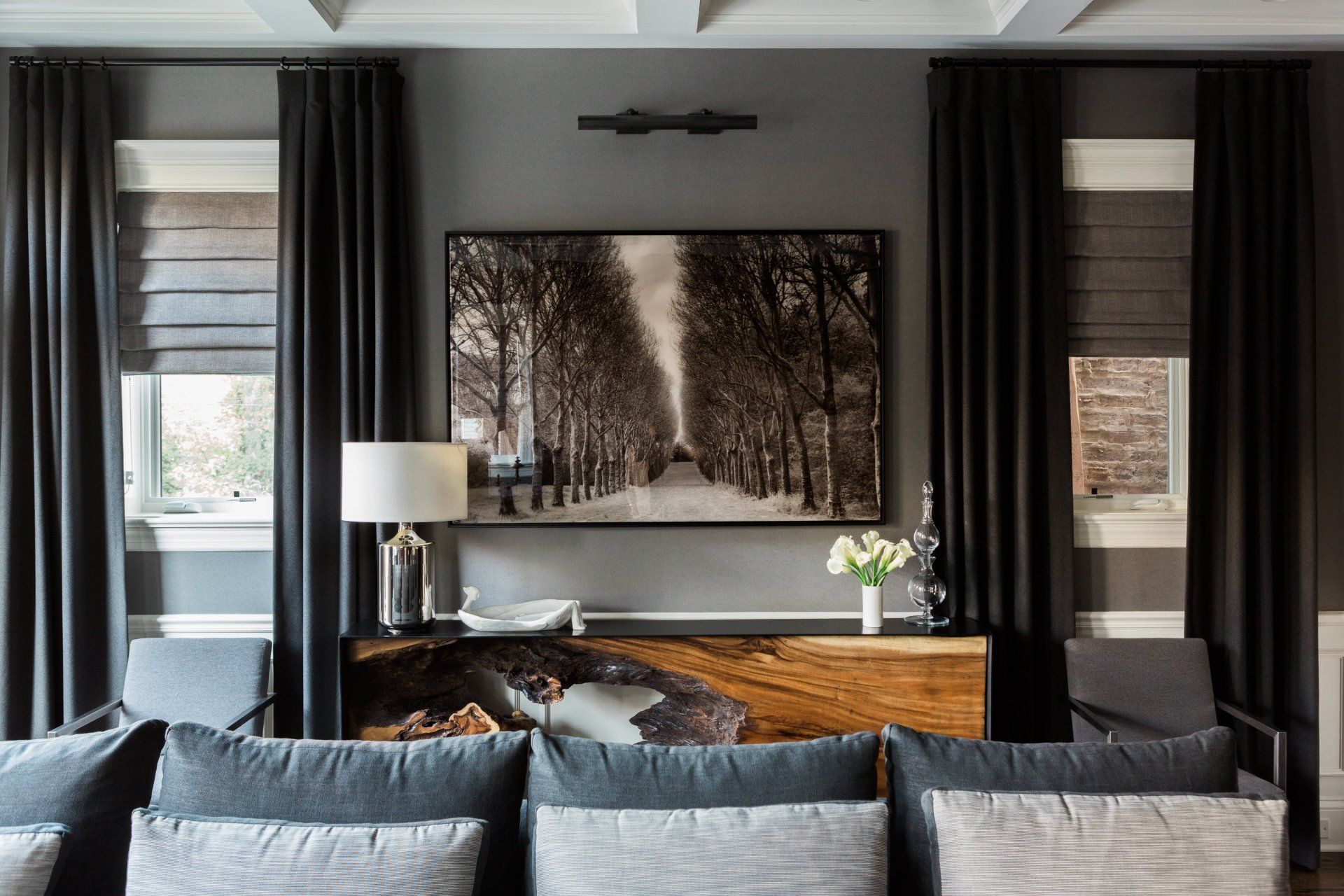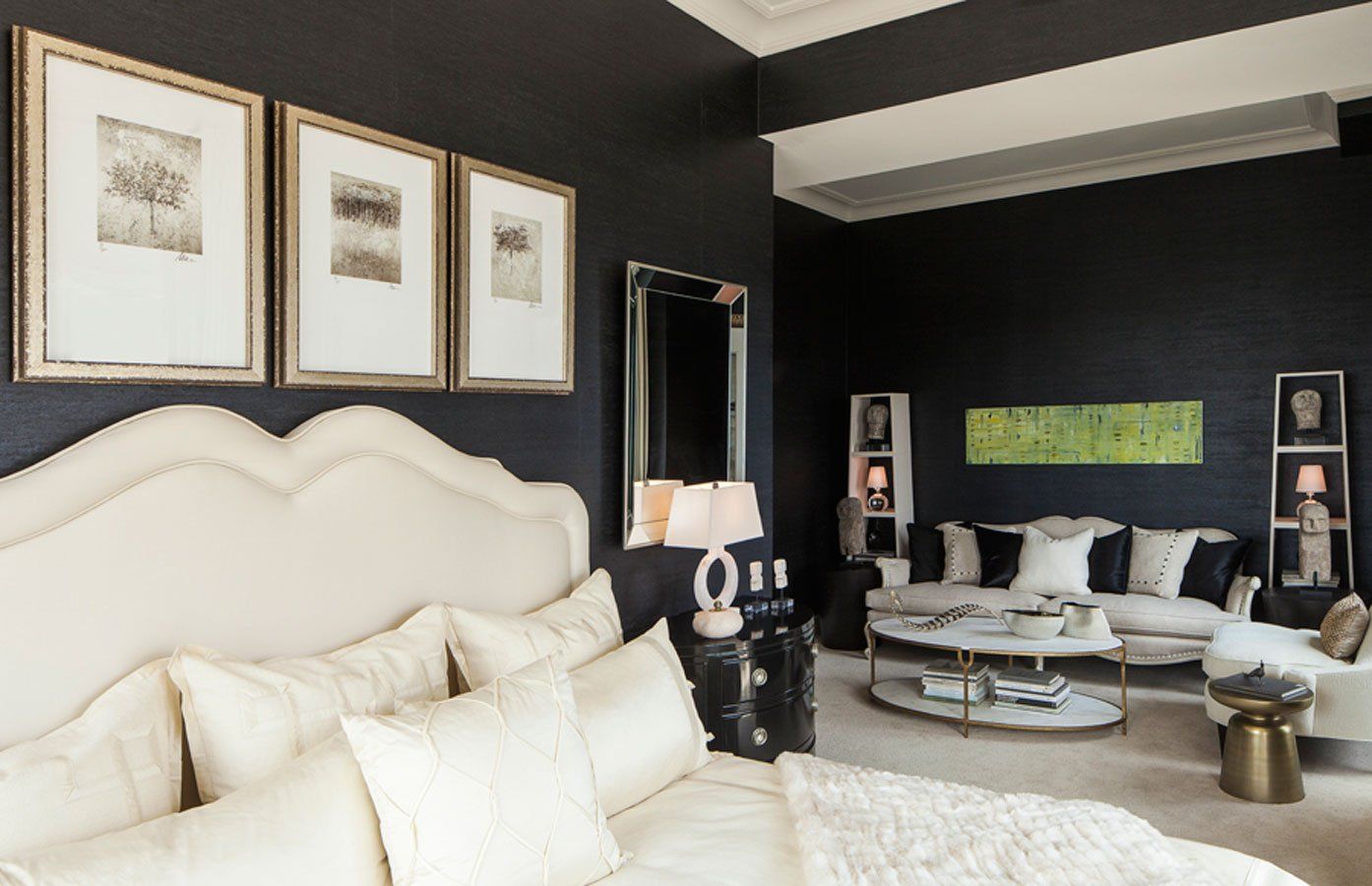Where Does Great Design Really Start?
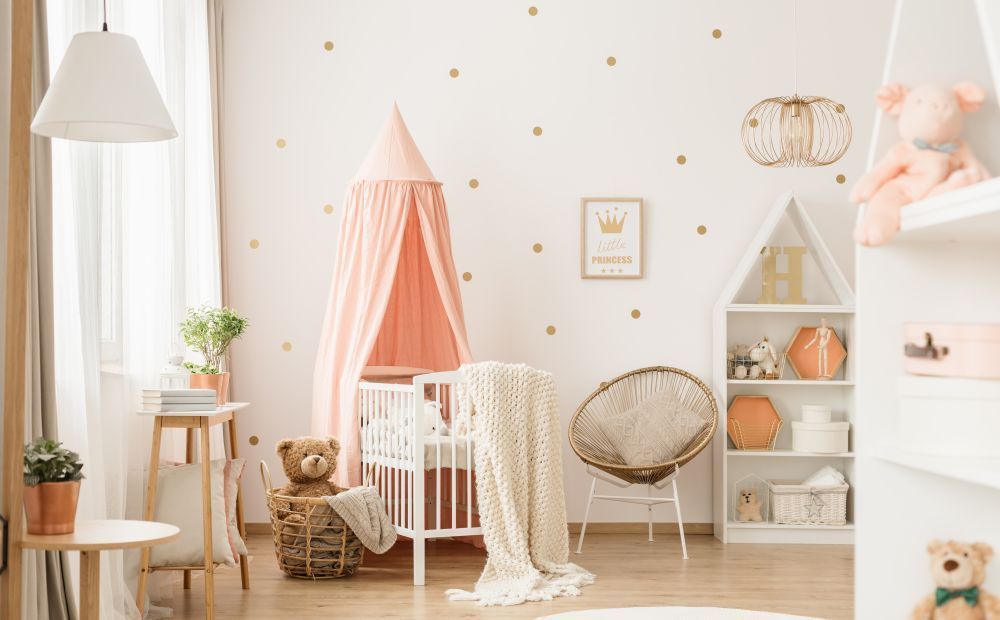
When you start designing a home or room, it’s easy to focus on the visible things first, like colors, furniture, materials and finishes. But that’s not where great design begins. Design starts long before you make any aesthetic choices. It begins with understanding how you’ll live in the space, how you’ll move through it and how it can best serve your daily life. If you want a space that looks beautiful and feels effortless, the process has to start with function and flow.
Understand Your Needs
Before sketching a layout or choosing materials, ask how you’ll actually use the space. This means being specific.
- Who will use each area?
- What activities will happen there?
- What problems need solving, such as a lack of storage, poor lighting or awkward traffic flow?
For example, if your living room doubles as a workspace, you’ll need different lighting zones and storage solutions than if it’s just for relaxing. A kitchen used for large family meals requires a different layout than one built for a quick morning coffee.
Write these needs down. This list will guide every decision to follow, from the size of the furniture to the location of electrical outlets.
Plan the Flow
Once you know your needs, focus on how people will move through the space. Flow is the invisible backbone of great design. It determines whether a home feels open and natural, or cramped and confusing. Ensure there are clear pathways between rooms to maximize the spaces.
Start by sketching rough pathways through the space. Imagine walking in from the front door — where do you go next? Does the space encourage movement, or does the furniture obstruct the path? Are there clear sight lines between key areas like the kitchen, dining and living room?
A well-designed flow allows easy transitions between tasks and zones. Think about:
- Entry points: Are they clutter-free and welcoming?
- Circulation: Do you have enough space to walk comfortably, even when doors are open?
- Natural light: How does it move through the space during the day, and can you maximize it?
A great test is to physically walk through your plan on paper before anything is built. If something feels awkward now, it’ll feel even worse in real life.
Design for Real Life, Not Just for Show
Functionality goes beyond traffic flow. It’s about everyday details that make life easier. Plan for outlets where you’ll actually need them, consider how storage fits into your routine and ensure lighting supports your lifestyle.
Daily habits drive design. For instance, by the mid-1930s, as much as
70% of the United States population began to have access to electricity, and homes began to change dramatically. Electric refrigerators replaced iceboxes, and new lighting made kitchens brighter and more practical. When you build your layout around how you use your home, it becomes timelessly functional, just like those early modern homes that adapted to new ways of living.
Layer in the Beauty
Only once the flow and function are right should you focus on aesthetics. This is the fun part where you choose materials, finishes, colors and textures that reflect your personality.
Start with lighting. It’s one of the easiest ways to highlight the flow you’ve already created. Use layered lighting to define zones and create mood. Warmer tones can
promote calmness and relaxation, and cooler tones can boost concentration. Then think about surfaces. Natural materials like wood and stone add warmth, while metals or glass can add contrast and structure.
Use color strategically to emphasize how the space works. Soft tones can make rooms feel bigger, while rich hues can make open areas feel cozy. Textiles, artwork and decor are the final touches that bring soul to the design, but they should enhance the flow, not fight it.
Revisit and Refine
Designing a functional space isn’t a one-and-done process. Once your plan is in place, walk through it again. Visualize cooking dinner, hosting guests, getting ready for the day or winding down after work. Adjust as needed.
If something doesn’t feel intuitive, change it. The best designers constantly refine until the space works effortlessly.
Form Follows Function
Great design starts with flow. It’s about making the space work for you before making it aesthetic. Once function is built into every corner, beauty naturally follows. Start with how you live, plan around how you move and then layer in everything that makes it feel like home.
